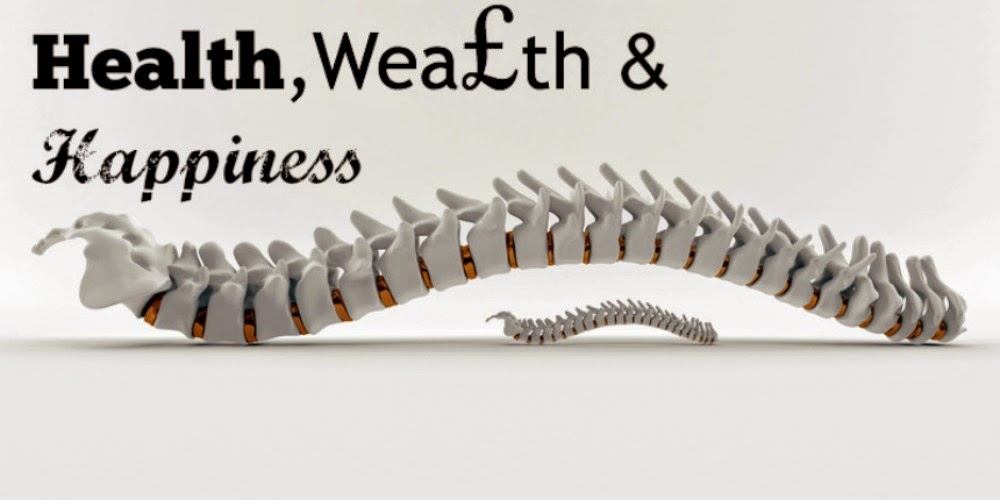I’ve been told I’ve got … Migraines.
One of the commonest medical presentations is
headaches, and the consultation often opens “I think I’ve got migraines” … but
when is a migraine not a migraine?
Part of the confusion over migraine headaches
is that they have developed a lay meaning, which is quite distinct from the medical
one. “I’ve got a migraine”, has become a
synonym for “I’ve got a really bad headache”.
Medically, the severity of pain has got nothing to do with the diagnosis
of ‘migraine’ – indeed, migraines may manifest without pain and instead involve visual disturbances, tingling or muscle weakness. The first and most important medical criterion is that the headache is
one-sided; indeed, that’s how it got its name, from the Greek hemikrania, meaning ‘half a skull’. So, if your headache affects both sides,
that’s good news as it's probably not a migraine (yes, it is possible to get a bilateral migraine but it's pretty rare).
So if the pain affects both sides of your head then you have bilateral cephalaligia – note the medical trick of saying exactly the same thing in long, preferably Latin words, it certainly makes you sound like you know much more than someone who merely says, 'my headache's on both sides". The most common cause of this is tension headache, which usually arises from the joints, muscles and
ligaments of the spine, skull or jaw and usually responds well to the standard treatments offered at all four of our Chiropractic Clinics (www.mendmyjoints.com): mobilisation,
spinal manipulative therapy, acupuncture, exercise and postural work.
If your headache is one-sided, then it still
isn’t necessarily migraine. There are a number of other possible causes, and it can be important to rule these out. Chiropractors spend years training in neurology, orthopaedics, general medicine and diagnosis (I know, I've taught all four subjects to undergraduates) to be able to diagnose not just the type of
headache but its underlying cause or causes – on the rare occasions it needs diagnostic imaging or hospital referral, this can be done within hours.
The commonest unilateral headache is fortunately benign. Cervicogenic headache, which seemingly arises from activation of the descending nucleus of the fifth cranial nerve (which travels down the brainstem to the upper reaches of the spinal cord), often by tension in the lining of the spine, which anchors into the inside of the top three vertebrae: adjust the vertebrae, remove the tension and, unsurprisingly, the headache goes away!
If your headache is
migranous, it will usually fall into one of two categories: either 'classic' migraine, which is accompanied by an aura
(the sensory disturbance – usually visual – that precedes any head pain) or 'common' migraine, which is no less painful but lacks the accompanying
neurological signs. The good new again
is that chiropractic management is clinically proven to be effective in many cases of both
forms of migraine.
Jayne had suffered from debilitating
migraines for 15 years: “Medication wouldn’t touch them,” she said, “And they
would knock me out for three days at a time.
The first treatment session actually triggered a migraine – but that was
the last one I ever had!”
But what happens when the headache is beyond
the scope of any one practitioner? Often headaches – particularly migraines –
can be multifactorial with contributions from diet, lifestyle, posture, stress,
altered dentition, jaw clenching and hormones? I asked myself the same question a decade ago and started working with Mark Brickley, a functional orthodontist and Judith O'Hagan, a transpersonal psychotherapist, as well as our in-house Alexander Technique practitioner, Katrin Maclean, and Nutritional Therapist, Catherine White, in Somerset's own specialist multidisciplinary
Headache Clinic (http://www.theheadacheclinic.co.uk), which has managed dozens of complex headaches that have
defeated previous attempts at management.
Charlotte travelled from London to attend the clinic, having already seen multiple consultants: "For the first time, my face and neck were examined to find the root cause. The clinic seemed to thrive on the challenge of diagnosing and treating my problem, working as a team. The first day I was headache free I had butterflies of excitement, just due to being pain free!"
The clinic, which offers its diagnostic skills for free, has also has success in treating other causes of head and face pain such as Cluster Headaches, Episodic Headache and temporomandibular disorder (TMD).
Charlotte travelled from London to attend the clinic, having already seen multiple consultants: "For the first time, my face and neck were examined to find the root cause. The clinic seemed to thrive on the challenge of diagnosing and treating my problem, working as a team. The first day I was headache free I had butterflies of excitement, just due to being pain free!"
The clinic, which offers its diagnostic skills for free, has also has success in treating other causes of head and face pain such as Cluster Headaches, Episodic Headache and temporomandibular disorder (TMD).



No comments:
Post a Comment